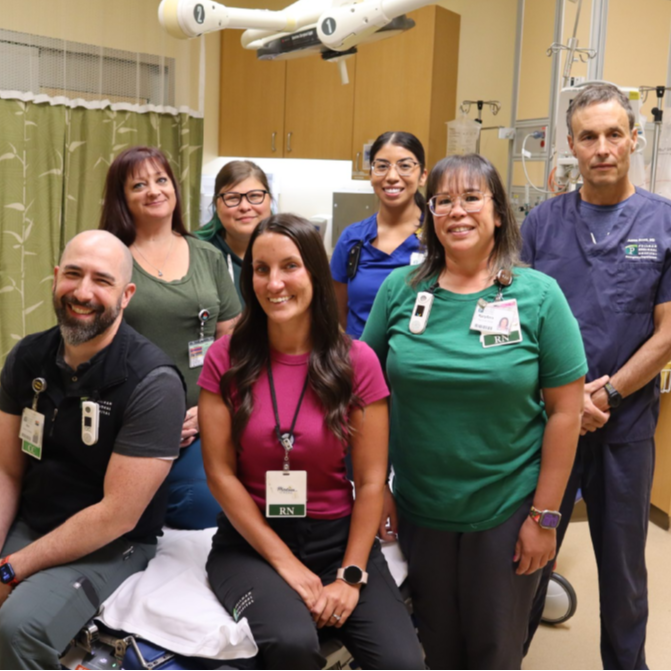Stroke is more common than you’d think, and how quickly you get treatment makes a difference in how severe the damage to your brain is.
Stroke is the fifth leading cause of death in the United States, but survival rates have improved over the past few decades. The two main reasons for this include education and awareness. Knowing the signs and symptoms of this medical emergency increases survival and recovery rates.
What Causes a Stroke?
A stroke occurs when blood is not reaching your brain, preventing brain tissue from getting oxygen and nutrients. “Just as a heart attack happens when blood doesn’t get to your heart, the easiest way to think about a stroke is as a brain attack. Blood flow to your brain is interrupted or reduced,” states Stephanie Knewbow, Registered Nurse and Director of the Emergency Department at Pullman Regional Hospital.
The most common type of stroke, ischemic stroke, occurs when a blood clot blocks blood flow to the brain. A hemorrhagic stroke is caused by a blood vessel that leaks or ruptures in the brain.
Stroke Signs and Symptoms
“A quick assessment a family member can do is to use what we call the ‘BE FAST’ assessment,” says Knewbow. It stands for:
Balance: is the person having sudden trouble balancing, standing, or coordinating?
Eyesight changes: is the person experiencing sudden blurred or double vision? Are they experiencing sudden vision loss in one or both of their eyes?
Face: is one side of their face drooping or numb? Ask the person to smile to check.
Arms: can they raise them equally? Does one arm drift downwards?
Speech: can you understand their speech? Is it slurred or difficult to understand?
Time: call 9-1-1, and get the patient to the ER as soon as possible
Knewbow cautions against driving to the emergency room yourself. Instead, call 9-1-1 immediately and wait for help to arrive. “We really encourage calling 9-1-1, because the ambulance crew can call the ER, and we will be ready for you when you arrive. We’ll quickly start our stroke protocol,” she adds.
Treatment for Stroke
For ischemic stroke, clot-dissolving medication can be used—but it must be started within four hours of the onset of symptoms. If the patient is out of the window for clot-dissolving medication, clot retrieval is an option.
“At Pullman Regional Hospital, we use what’s called Telestroke, a service offered in partnership with Sacred Heart. A neurologist can assess the patient over a video monitor and decide what treatment would be best. If the patient is having a hemorrhagic stroke, they may need a surgical procedure to repair or remove the vessel,” notes Knewbow.
Know Your Risk Factors for Stroke
Knowing stroke risk factors—such as high blood pressure, high cholesterol, and smoking—is key for stroke prevention. If all three of these are present, individuals should see their primary care physician on a consistent basis. You can also do your own blood pressure checks or enlist community services for regular monitoring.
“Most fire stations will do free blood pressure checks. You can use those self-monitors at certain stores or pharmacies,” shares Knewbow. She also advises individuals to eat a healthy diet and take steps to quit smoking.
Unfortunately, strokes do happen—even if you’re taking precautions. In that case, Knewbow urges people to remember that response time is critical. “The most important thing we want you to remember is to call 9-1-1 and to get to a hospital quickly. Time loss is brain loss. We want you to get to the ER so we can start helping you.”
